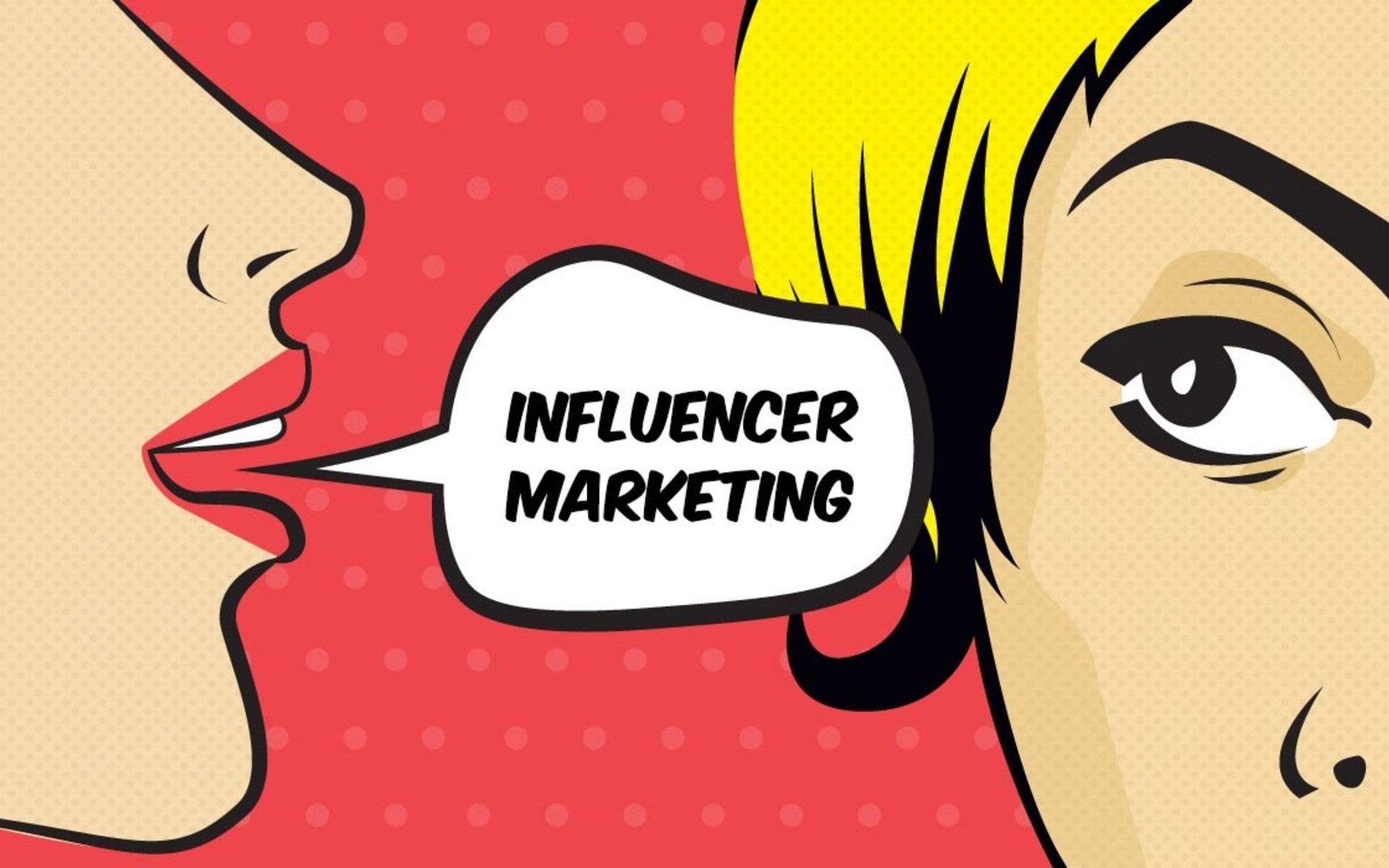Is influencer marketing the future?
18 May, 20175 minsInfluencer marketing is becoming more and more a part of our day-to-day lives as more than 5...

Influencer marketing is becoming more and more a part of our day-to-day lives as more than 56% of online adults use more than one social media platform. We live in a world where whether we’re watching TV or sitting on the tube our phones will be firmly in our hands. What better way for advertisers to reach us than through the screen we are eternally staring at rather than the TV ads and billboards that barely get a second glance?
A recent survey revealed 84% of marketers plan on executing at least one influencer marketing campaign during the next 12 months. This is because their audience is already engaged, they are targeting the right kind of consumer- someone who is already paying attention. Interestingly 47% of online consumers use ad blockers giving brands even more reason to put their money behind marketing influencers instead.
Guidelines
The Committee of Advertising Practice (CAP) has created new guidelines around influencer marketing to ensure consumers are aware that they are being advertised to. This basically means that branded videos or sponsored posts will include an ‘ad warning’ to ensure users are aware that the following content will be of a commercial nature. There are also guidelines to ensure influencers consider that every social platform is different and therefore influencers must plan where they should identify that the content is a paid-for endorsement.
Are the new guidelines enough?
Since the new guidelines around influencer marketing have been released by the CAP many have questioned how this will be policed and if the new guidelines go far enough. There are numerous examples of brands and influencers not labelling commercial content. One problem is that new platforms are emerging in the market at such an accelerated pace that it’s becoming more and more difficult to spot a post that hasn’t been labelled appropriately, despite the CAP’s warnings that influencers must adapt to the different quirks of various platforms. How much is this the fault of the influencers rather than a lack of clear guidelines to help influencers toe the line? The other issue is the sheer volume of branded content vs the resources in place to ensure the guidelines are being followed. This makes the CAP reliant on competitor influencers and the public to raise awareness of influencers who aren’t playing by the rules. Influencer marketing has become arguably the most effective long-term marketing strategy as it is more cost-effective than paid advertising and leads to a more credible brand recommendation. However, with this change in the marketing landscape comes the need to ensure consumers are aware they are being advertised to meaning influencers must comply with the guidelines of the CAP.




